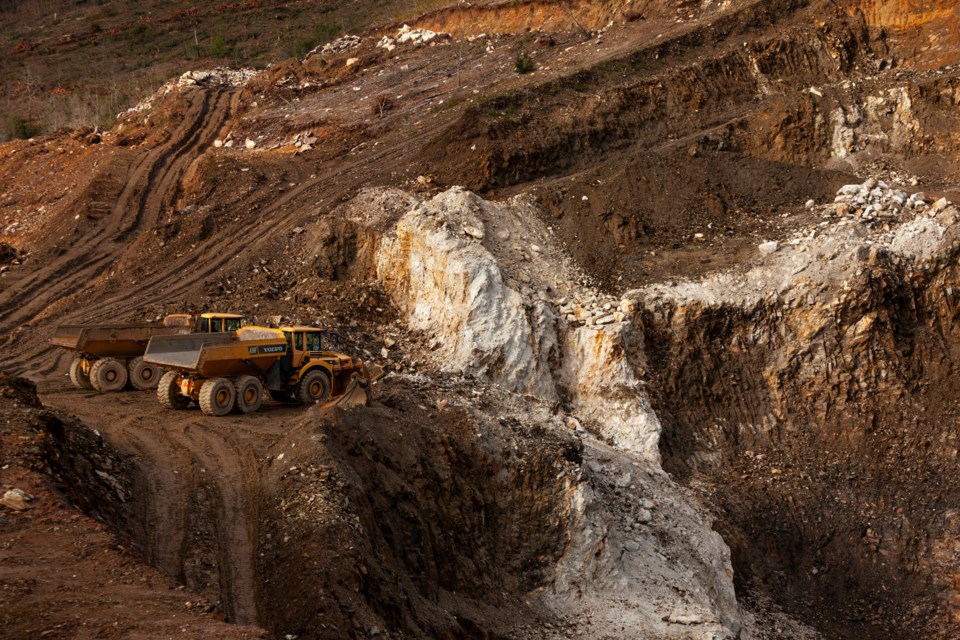Plunging metallurgical coal prices have left B.C. mining revenue to flatline last year, according to a PricewaterhouseCoopers LLP report.
Revenue reached $14.5 billion in 2024 – the exact same as the year prior, according to numbers provided by survey respondents in the business services firm’s June report on B.C.’s mining sector.
Coal prices sat at US$240 per tonne last year and are forecasted to drop to US$198 per tonne this year, which could have further ramifications in the sector, said the report.
Metallurgical coal prices have fallen due to challenging market conditions and global economic uncertainty, Mining Association of BC CEO Michael Goehring told BIV.
As a key input in steel-making processes, coal prices have also decreased because of a rise in steel exports from China, which has impacted supply and demand globally, he said.
“In response to those decreasing prices, companies in [northern] B.C. are working to reduce their costs and improve efficiencies in their businesses to remain globally competitive,” said Goehring.
Coal providers will keep a keen eye on the market moving forward, but will continue to operate, as every commodity sector is experiencing similar challenges, he said.
PwC featured in its report 13 operating mines and 10 organizations that had projects in exploration or development.
Met coal revenue accounted for 51 per cent of B.C.’s net mining revenue, according to survey respondents.
Coal revenue reached $8.9 billion in 2024 before dropping to $7.4 billion last year.
U.S. tariffs are also having an impact on supply chains, but B.C. has opportunities beyond the U.S. market, according to the report.
The majority of B.C.’s minerals and metals are exported to Asia, said Goehring. He said the province is also seeing an uptick in investment and export opportunities to Europe.
Goehring said there’s a significant opportunity for B.C. to enhance its trade portfolio and become “a supplier of choice” for minerals and metals destined for allies.
Coal (primarily metallurgic) was the province’s top export last year, with $8.6 billion worth of it shipped out of the West Coast, according to the B.C. Statistics agency.
And while coal prices are decreasing, revenue from critical minerals (copper, zinc and molybdenum) is growing, which is triggering optimism in the industry, said the PwC report.
Total revenue for critical minerals in 2024 was $4.4 billion – up from $3.8 billion the year prior, according to PwC.
Goehring said he’s also optimist about critical minerals playing a bigger role in generating revenue moving forward.
This is especially true for copper, he said, which has a significant supply gap at the same time prices are expected to remain relatively robust.
Copper revenue amounted to $3.2 billion and gold revenue amounted to $1.9 billion last year, according to the PwC report.
Trade uncertainty has also raised interest from the provincial and federal governments to develop the resources sector, which is one of B.C. “greatest opportunities,” said the report.
The provincial government announced in February it would fast-track 18 critical mineral and energy projects amid tariff threats from the U.S.
At the Mining Association of B.C.’s annual address in May, Goehring said he was pleased to see the creation of the Ministry of Mining and Critical Minerals last November, and the introduction of legislation to speed up approvals for major projects.
He said it’s a sign the provincial government is focusing more on economic growth, but promises need to be followed by action.
He said the No. 1 barrier holding back the industry is permitting timelines.
“The system is too slow, too complex and risks driving needed-investment elsewhere.”




